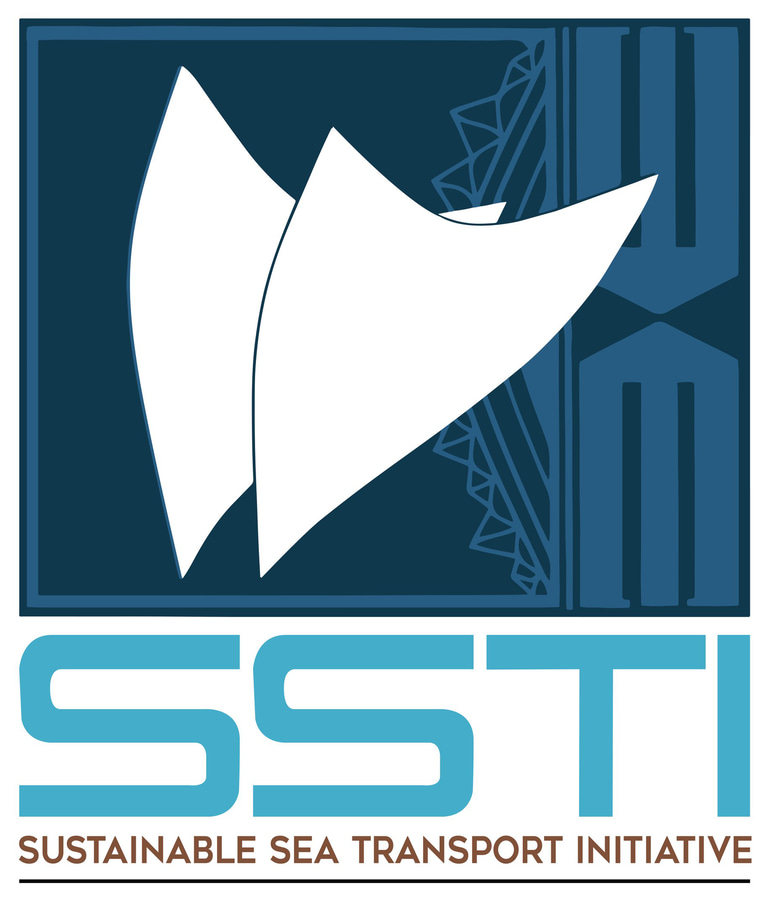The Importance of Adopting the Hub and Spoke Model for Distribution and Consolidation in Rural Maritime Areas before Net Zero Ambitions


To achieve the ambitious goal of achieving net zero emissions, it is crucial to address the unique challenges faced by rural maritime areas in terms of distribution and consolidation. One effective solution that can be adopted is the Hub and Spoke model. This model involves establishing central hubs that serve as distribution centers, connected to smaller spoke locations that act as collection points for goods and services.
Rural maritime areas often face logistical challenges due to their remote locations, limited infrastructure, and dispersed population. These factors can make it difficult to efficiently transport goods and services, resulting in higher costs, longer delivery times, and increased emissions. By implementing the Hub and Spoke model, these challenges can be effectively addressed, leading to improved sustainability and economic growth.
Enhanced Efficiency and Reduced Emissions
The Hub and Spoke model allows for the consolidation of goods and services in central hubs, reducing the number of individual trips required for distribution. This consolidation not only improves efficiency but also helps to minimize carbon emissions by optimizing transportation routes and reducing empty backhauls. By reducing the number of vehicles on the road and optimizing delivery routes, the model contributes to a significant reduction in greenhouse gas emissions.
Furthermore, the Hub and Spoke model enables the use of alternative fuels and technologies in transportation. By establishing central hubs, it becomes more feasible to invest in sustainable transportation options such as electric vehicles or vehicles powered by renewable energy sources. This shift towards cleaner transportation technologies further supports the net zero ambitions by reducing reliance on fossil fuels and minimizing the carbon footprint of transportation activities.
Economic Development and Accessibility
The Hub and Spoke model not only benefits the environment but also promotes economic development in rural maritime areas. By establishing central hubs, these regions can attract investment and create job opportunities. The consolidation of goods and services in these hubs can lead to improved economies of scale, reducing costs and increasing competitiveness. This, in turn, can drive economic growth and improve the quality of life for residents in these areas.
Moreover, the Hub and Spoke model enhances accessibility in rural maritime areas. By connecting smaller spoke locations to central hubs, it becomes easier for residents to access essential goods and services. This is particularly important in areas with limited infrastructure, where access to basic necessities can be a challenge. The model improves the availability and affordability of goods and services, ensuring that residents have access to essential resources while reducing the need for unnecessary travel.
Conclusion
The adoption of the Hub and Spoke model for distribution and consolidation in rural maritime areas is essential in the journey towards achieving net zero emissions. This model not only enhances efficiency and reduces emissions but also promotes economic development and improves accessibility. By investing in sustainable transportation and establishing central hubs, rural maritime areas can overcome logistical challenges and contribute to a more sustainable and prosperous future.

